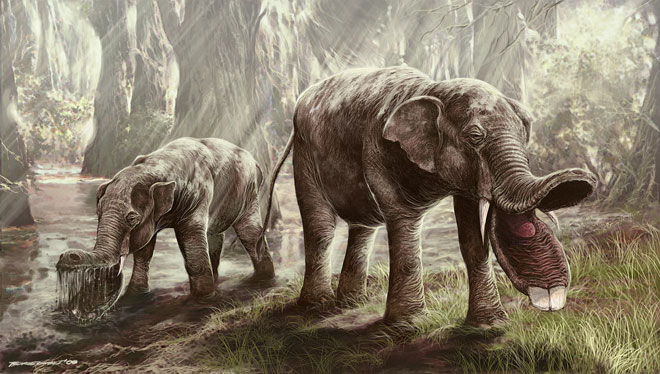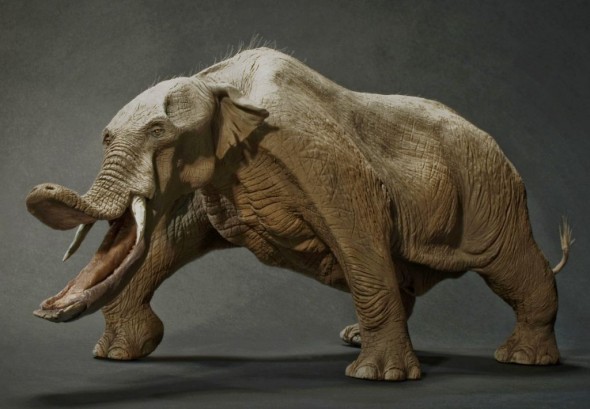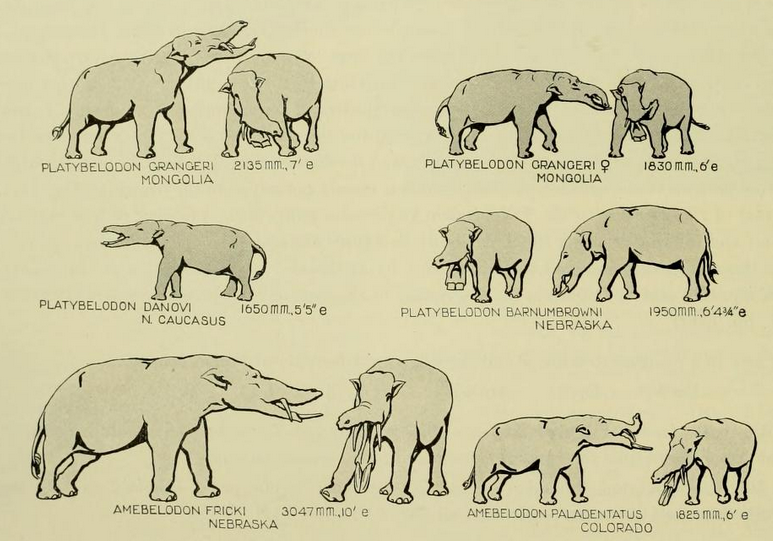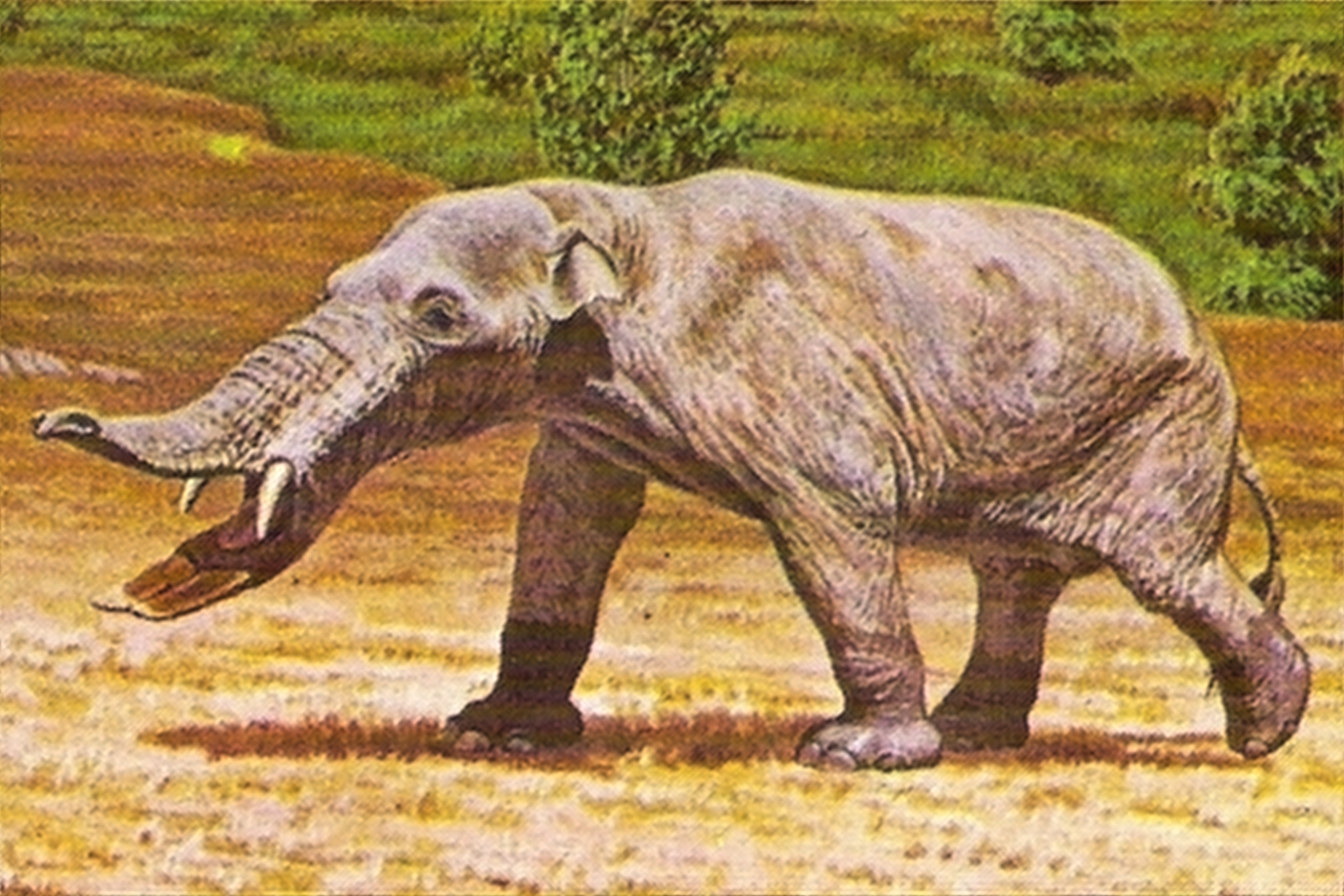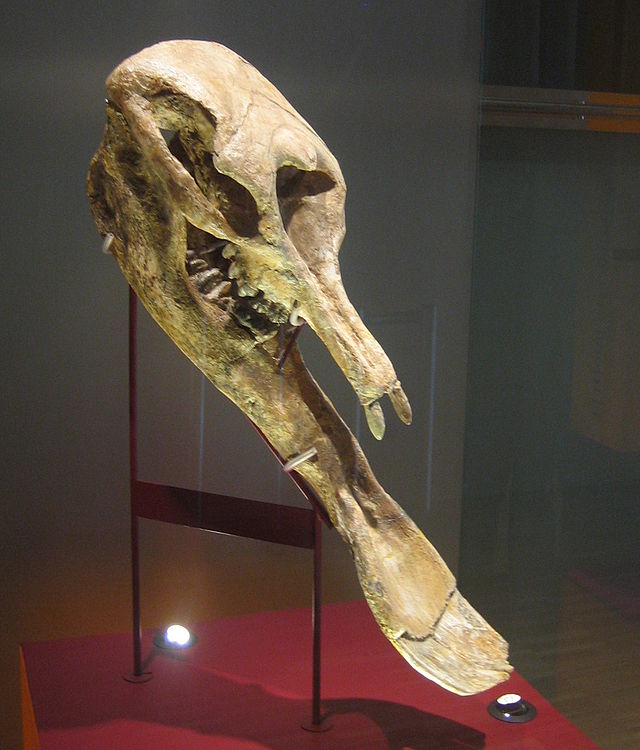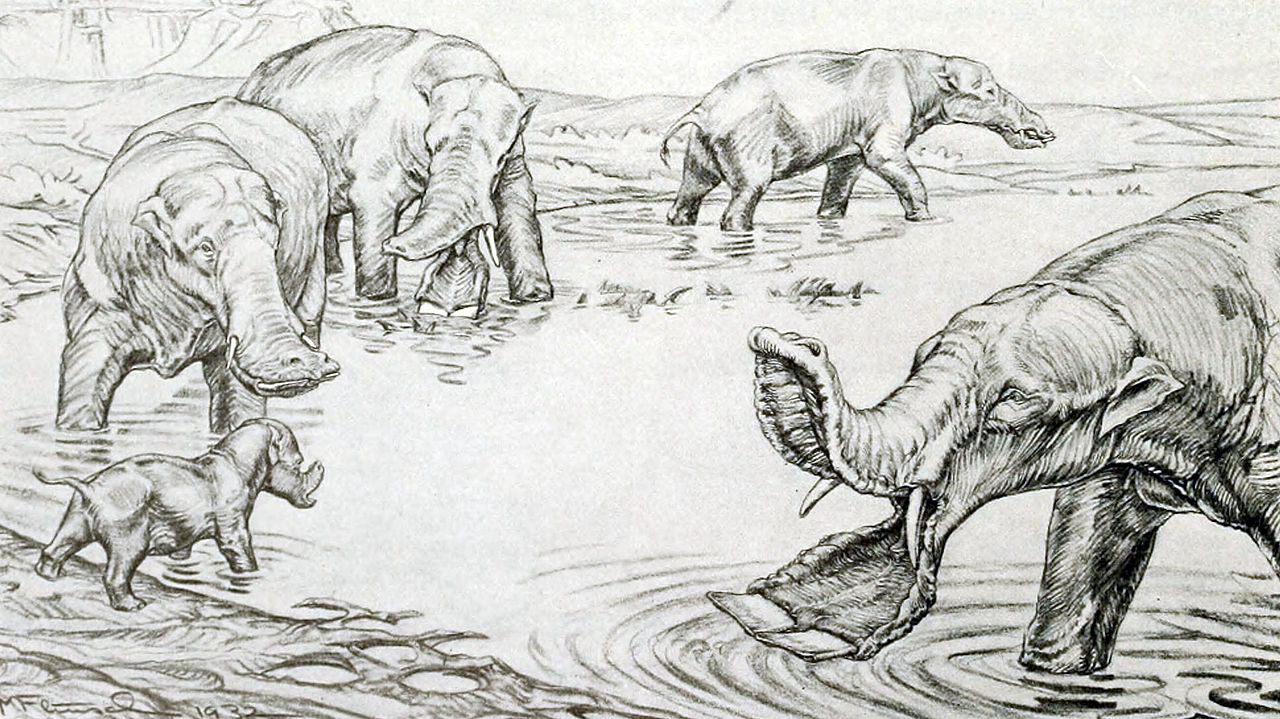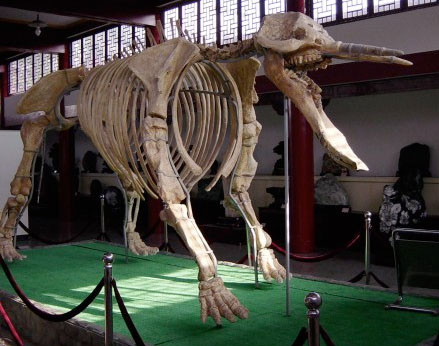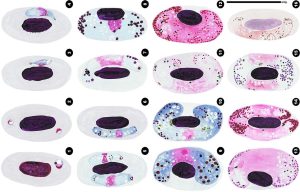Platybelodon & Amebelodon
Platybelodon and Amebelodon, what lovely beasts they were. They look like the type of animal you would see in an awful Disney Star Wars remake, but the important difference is, these guys actually roamed the earth. The Platybelodon and Amebelodon were both hanging about during the mid to late Miocene era, 15 to 4 million years ago.
Platybelodon remains have been found in Africa, Asia, Europe and North America. Their wide distribution tells us they did pretty darned well for themselves; all in all we’ve found 15 distinct species of Platybelodon and their species managed to survive four times longer than humans have so far existed.
Amebelodon first appeared in the Great Plains and Gulf Coast regions of North America during the late Miocene, roughly between 9 and 8 million years ago. They seem to have become extinct in America around 6 million years ago, however, they managed to migrate to Asia via the Bering land bridge and remains have been found in a number of late Miocene sites, particularly in China. The youngest record of Amebelodon is from a 5 million-year-old site in North Africa.
As you have probably inferred from Platybelodon and Amebelodon’s shape, the species group they are part of – the Gomphotheres – went on to produce mammoths and modern elephants. Modern elephants are much larger than their ancient cousins though.
You’ll never get to see a Platybelodon in real life (Jurassic Park is just fiction, remember? I know it’s hard to stomach, but it is not a documentary. OK?) so here is the closest you’ll probably ever get:
As for the strange extensions of their lower jaw, the general opinion used to be that the plates were used them to dig things up from the bottom of swamps. However, analysis of scrape marks on these mighty spoons show that they were more likely used for scraping bark from trees, and also in a kind of scythe like manner for chopping through vegetation.
Modern interpretations of an animal’s shape and form taken from a skeleton alone will always have a margin for error (click here for some pretty amazing OTT dinosaur renderings). Fleshy bits disappears pretty swiftly so there is always a certain amount of well informed guess work going on. But one things is for sure, Platybelodon and Amebelodon would have both looked absolutely amazing in real life.
MORE PREHISTORY:
GODZILLA PLATYPUS & THE KING OF GORE

